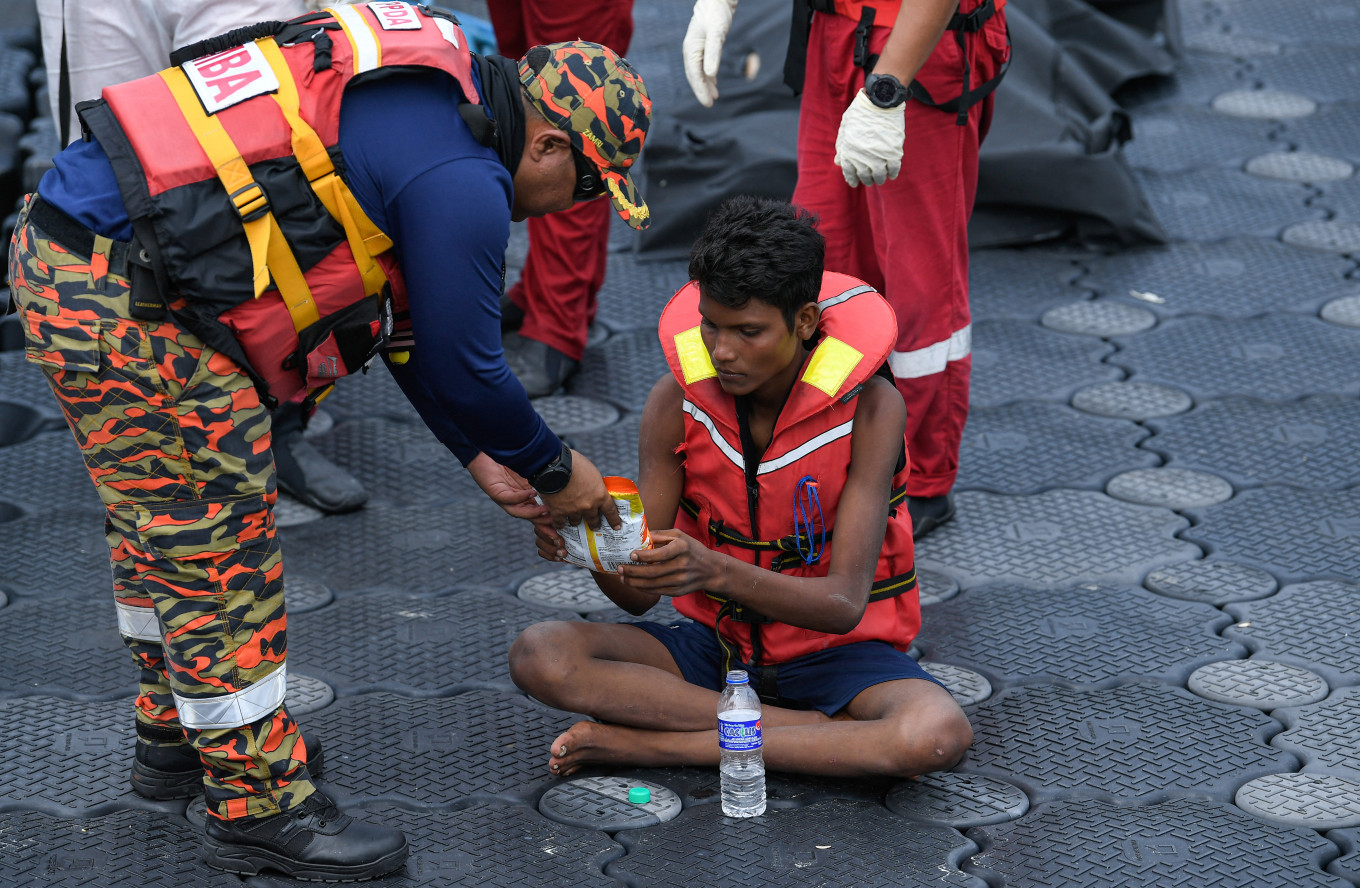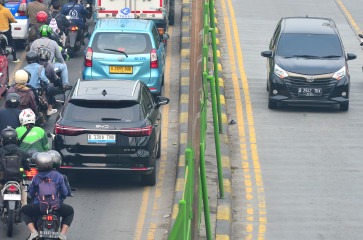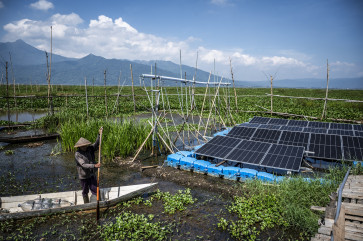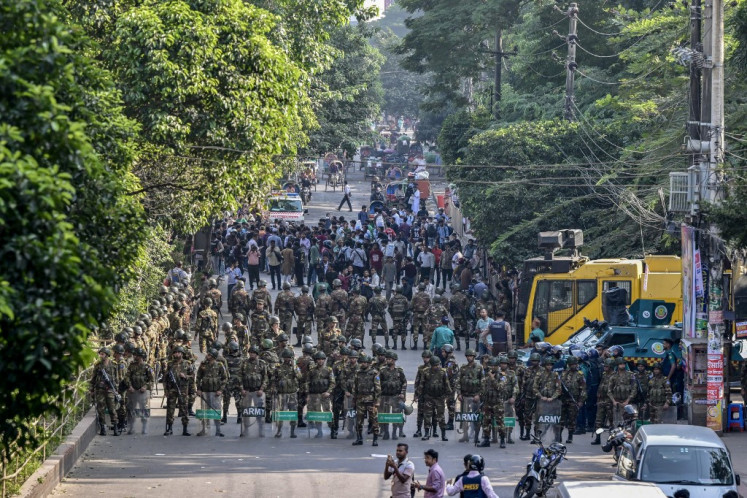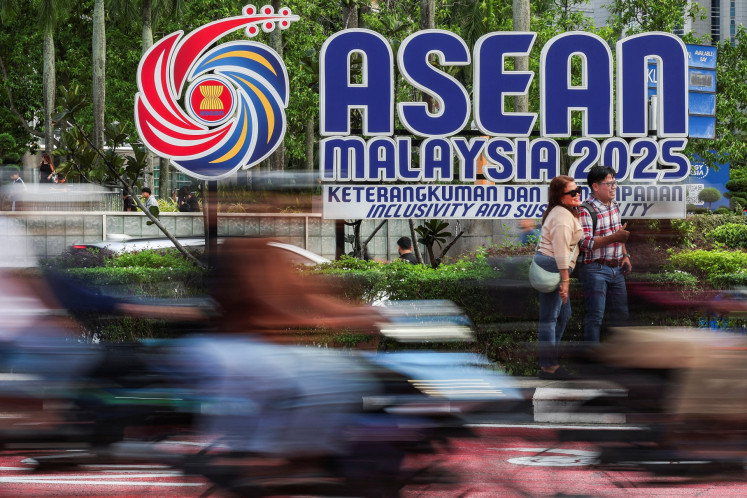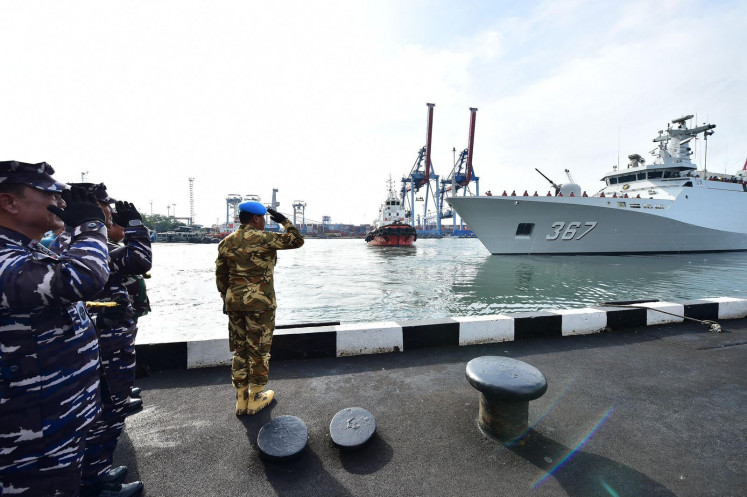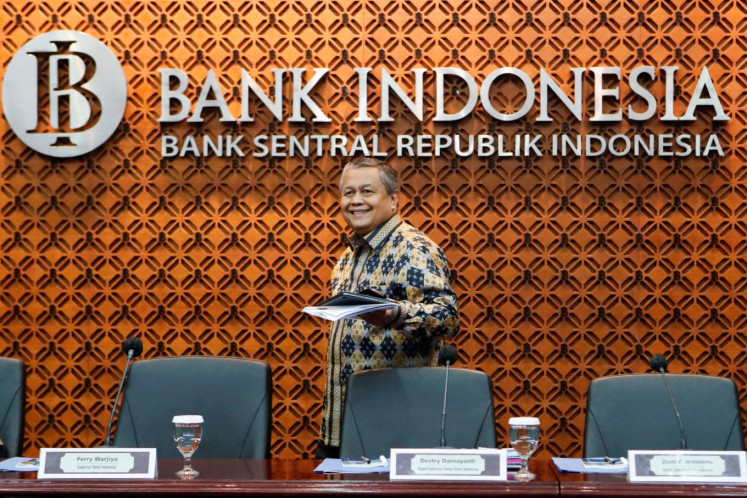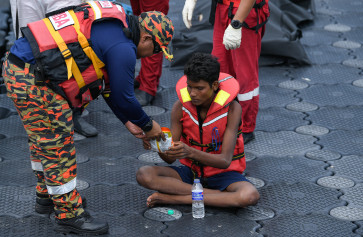Popular Reads
Top Results
Can't find what you're looking for?
View all search resultsPopular Reads
Top Results
Can't find what you're looking for?
View all search resultsInsurgency, control dynamics reshape Rohingya crisis
As the Bay of Bengal monsoon season ends, increasing numbers of Rohingya boat journeys are imminent.
Change text size
Gift Premium Articles
to Anyone
A
s the Bay of Bengal monsoon season ends, increasing numbers of Rohingya boat journeys are coming. This time, the Arakan Army (AA) controls the Myanmar-Bangladesh border, not the military junta. Combined with an escalating Rohingya armed-group insurgency, diplomatic discourse on repatriation is increasingly detached from reality. In this context, conditions in the Cox’s Bazar camps will determine how many take to the sea.
On Nov. 6, a vessel carrying Rohingya refugees sank near the Andaman coast on the border of Thailand and Malaysia, with at least 21 people reported dead. The tragedy also marked the end of the monsoon season in the Bay of Bengal, when Rohingya boat crossings from Cox’s Bazar in Bangladesh and neighboring Maungdaw in Myanmar typically surge.
This year, sea journeys are expected to reach record highs because of deteriorating conditions caused by aid withdrawals in the Cox’s Bazar refugee camps, as well as the prevailing concern among camp residents that the United States will soon stop paying for food altogether in the camps, according to The Economist. Recent United Nations data similarly shows that the boat crossing numbers in the first six months of 2025 were roughly triple those during the same period the year before.
Successive decades of violence and persecution have forced over one million Rohingya, most of whom fled the Myanmar military’s 2017 ethnic-cleansing campaign, into Bangladesh’s Cox’s Bazar district. This includes about 150,000 who fled 2024 clashes between the AA and Myanmar military. There may only be a couple of hundred thousand Rohingya left in northern Rakhine.
In December 2024, the AA expelled the Myanmar military and became the governing authority in northern Rakhine State. The ethnic Rakhine group’s control of an approximately 40,000-square-kilometer contiguous part of western Myanmar, and an estimated force of 40,000 fighters, make it one of the most powerful armed actors in the country.
The Myanmar junta, which is the primary cause of Rohingya suffering, has no presence along the border and minimal presence in the region. Its involvement in ASEAN discussions on the fate of Rohingya is nefarious at the least.
Unlike other resistance outfits in the country, the AA does not rely on nor is a proxy to one powerful neighbor. Although its border with Bangladesh is the longest, the AA controls a modest border with India’s Mizoram State north of Cox’s Bazar district, and has warm relations with China, both of whom court the AA to secure their respective economic and geostrategic investments in the state. China and India are unlikely to put pressure on the AA over the return of the Rohingya in the near term.

